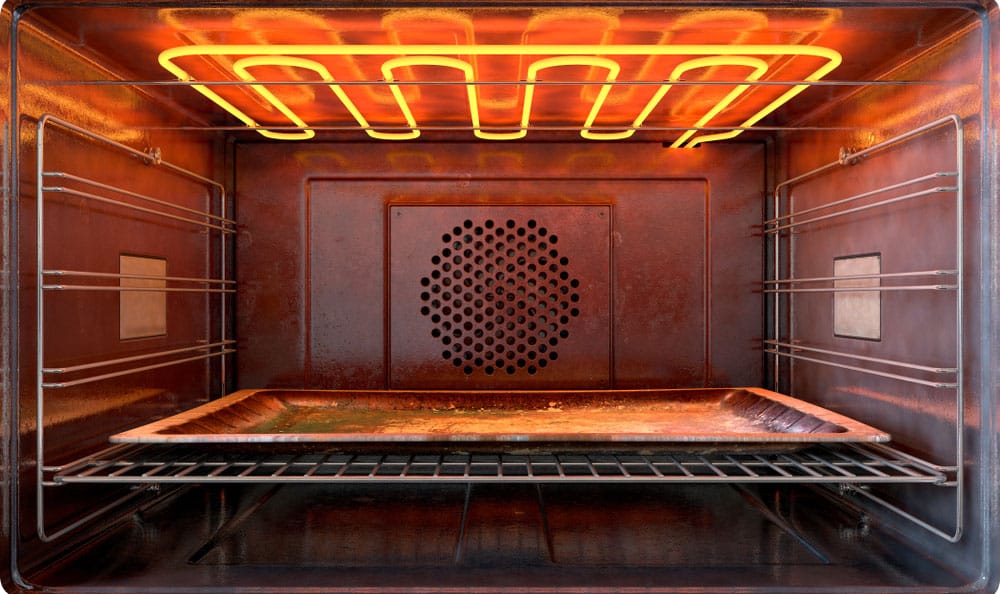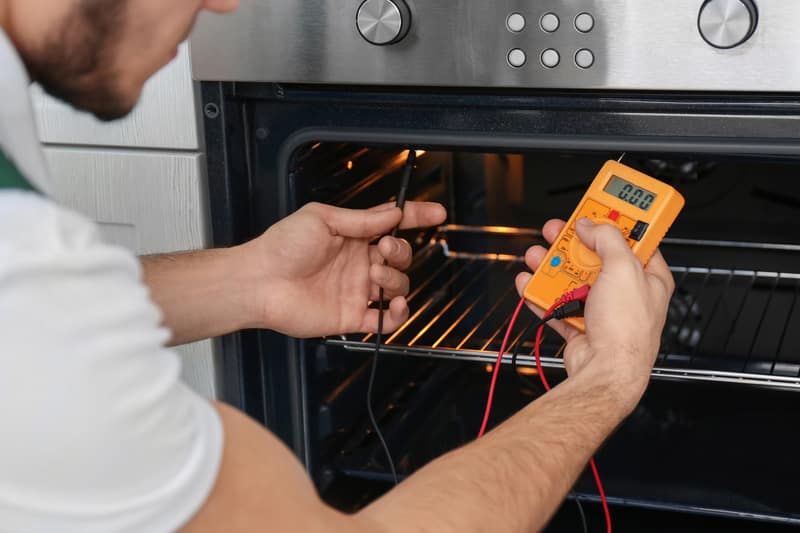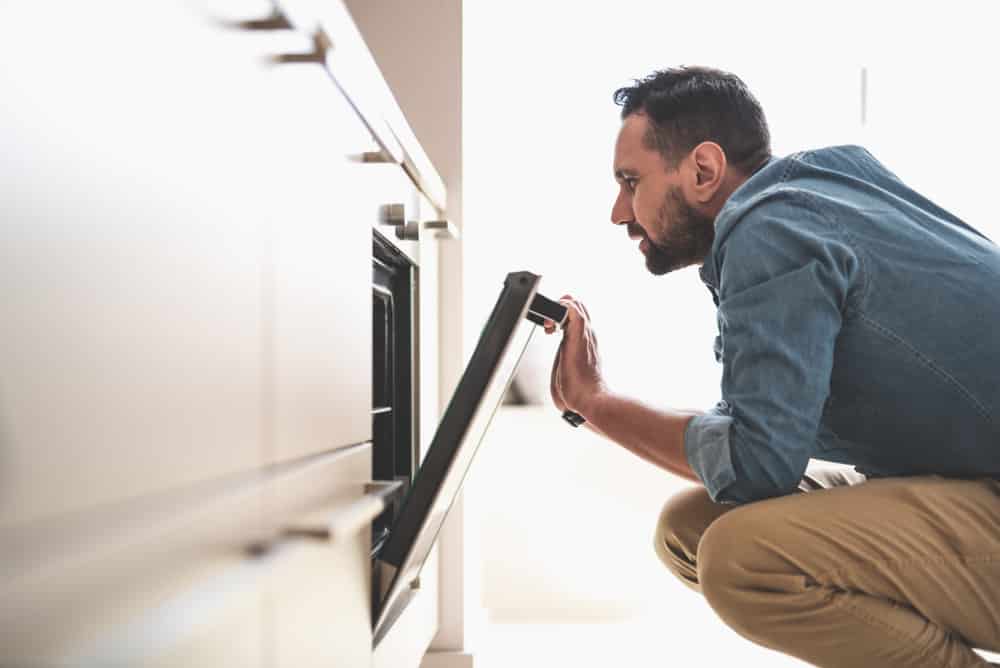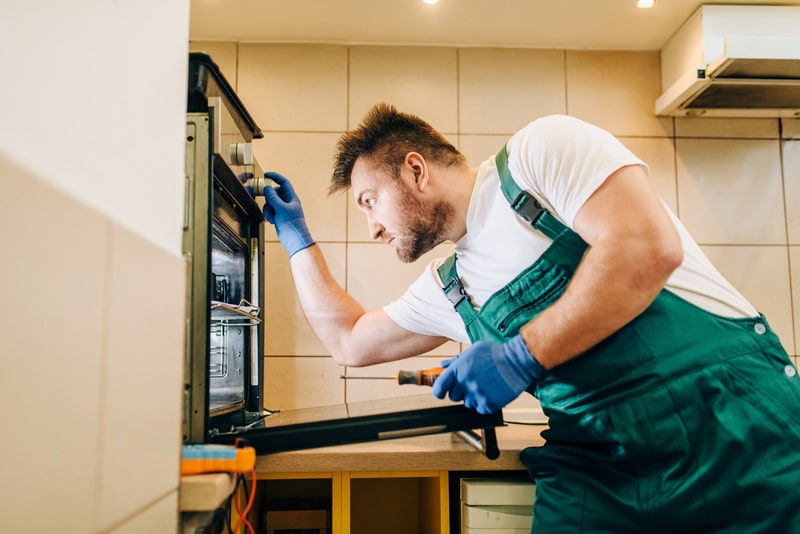
Often, oven elements get faulty and need to be replaced. Sometimes, even after the element replacement, ovens still do not work unluckily. What does this mean? It implies that other components of your range are faulty and need some fixing.
Let’s see what we can do in such situations. But before we begin, you will need to get a hold of your oven’s manual, as well as a multimeter. Also, please remember to turn off the power before you begin diagnosing and servicing your oven.
How to Fix Replaced Element Oven Still Not Working?
- Electrical Issue
If you have replaced the faulty element and your oven is still not working, it could be due to some electrical issue.
To test if it has something to do with the electrics, use a multimeter to test all the wires the heating element connects to. If the problem lies with one of the wires, it can be identified and corrected then.
- Temperature Sensor
The main responsibility of a temperature sensor is to monitor the oven’s temperature when it is working. If the temperature sensor is not working, the oven will fail to heat up to the desired ranges, and food will therefore not cook.
So you will need to inspect the temperature sensor and have it fixed if it is damaged to make the oven work again. Additionally, some ovens have a temperature-sensing bulb instead of a temperature sensor.
If the temperature sensing bulb has become damaged, loosened up, or burned out, your oven will fail to work. If the bulb has loosened, simply tightening it will do the trick.
But if it has become damaged or burned out, you will need to replace the bulb with a new one to restore your oven to its original working state.
- Selector Switch
The selector switch is a small but perhaps one of the most significant components of the oven. It is usually located somewhere near the knobs. As its name suggests, it is a component that allows you to switch between different functions such as fan heating, grilling, roasting, and more.
If your oven is not working despite a replaced element, the selector switch may be at fault. If it is damaged, you won’t be able to change the settings. As a result, the oven will not work how you want it to.
If you suspect the selector switch is damaged, you can replace it by unscrewing the current switch and replacing it with a new one.
While buying a new selector switch, make sure you buy one that is compatible with the oven’s model. You can easily look it up or refer to the manual, for it might have the required information.
- Oven Ignitor
Your oven may not be working because its oven ignitor may be damaged. This is a sensitive and slightly dangerous part, so you will have to be careful while checking it. First of all, ensure that the oven is turned off.
Once you have switched off the oven, check the ignitor, which is at the back of the oven.
Carefully remove the ignitor and check for its continuity with a multimeter. If the scale reads under 1100 ohms, it means your ignitor is not in working condition and has gone bad. You will definitely need to replace it to have a working oven.
- Calibration
Each oven has its own settings of calibration and dial. If you have checked everything and your oven is still not working, there may be issues with the calibration of your oven.
The calibration dial may have been set incorrectly, which in turn might have resulted in your range not working. To fix this, locate the dial, and with a screwdriver, modify the temperature and calibrate it.
Remember, turning the screwdriver in a clockwise direction increases the temperature, and turning it anti-clockwise decreases it. If you are not sure how to handle this, you can always enlist the help of a professional who can get it done for you.
- Relays
The oven relays are the relay boards that control the power to the heating elements. There are as many relays as there are heating elements; you can say there is one for each. If one of the relays has failed, the oven will not continue to work.
Over time, relays may be worn out, but replacing relays can be challenging, so you will have to be absolutely sure before you begin to replace them. What’s more, relays are one of the most incorrectly diagnosed problems, so if you suspect it to be the problem, you need to be very careful and cautious.
- Electronic Control Board
The newer oven models come with electronic control boards. It is basically the CPU of the oven that controls all of its functions, whether it is baking or broiling. If there is any problem with the electronic control board, your oven will not work at all.
Or, if, for some reason, the electronic control board does not receive electricity, the result will still be the same: the oven is not working. So, to make your oven work again, you must get your electronic control board checked.
The Bottom Line
Although it may not seem like it, identifying the reason why your oven is not working is not all that hard. All it will take is a little research and a little getting to know the different components of your oven. Usually, you will not have to replace the oven itself.
Rather, replacing the faulty parts will have your oven working again in no time! In this article, we have discussed several reasons why your oven may not work even after replacing the element.



